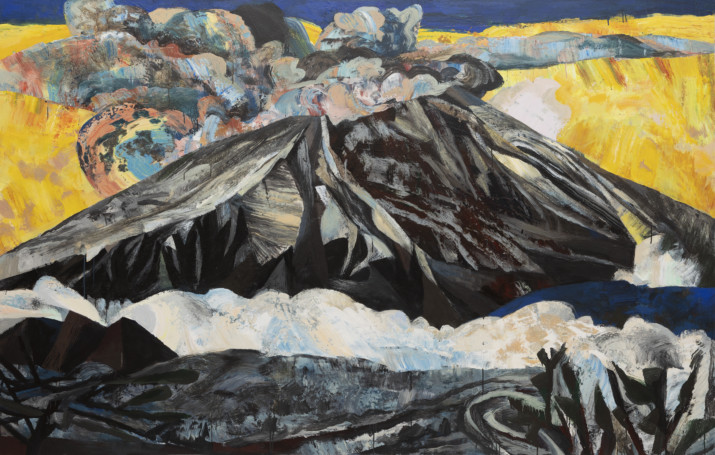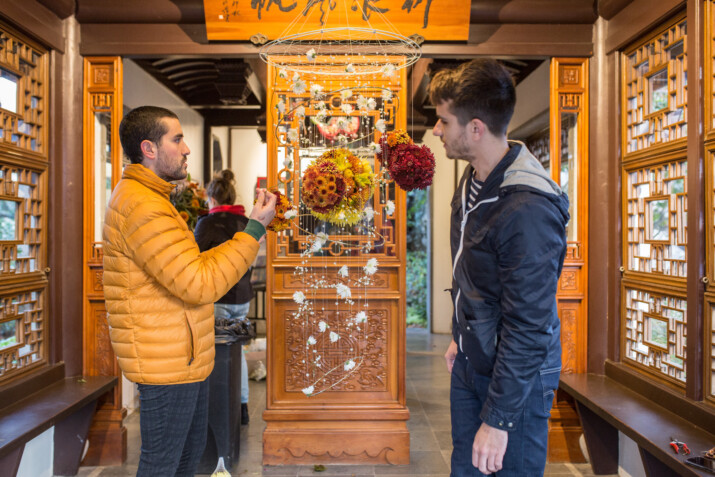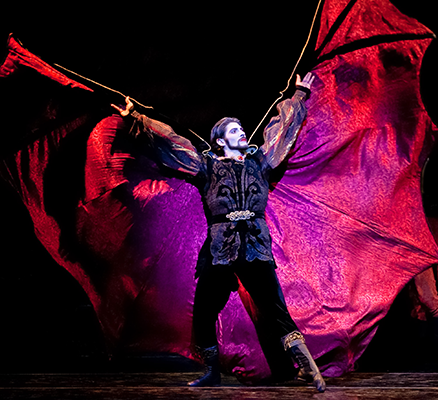Portland, Or. To mark the 40th anniversary of the eruption of Mount St. Helens in 1980, the Portland Art Museum is presenting an exhibition that portrays artists’ responses to the beauty and power of the volcano. The exhibition will run through May 17th at the Portland Art Museum. Pictured above is Lucinda Parker’s painting called “The Seething Saint.” (Courtesy of the artist and Russo Lee Gallery.) The exhibit features Native American objects to contemporary paintings, drawings, and photographs. Interestingly, paintings of Mount St. Helens were historically rare compared with the numerous images of Mount Hood.
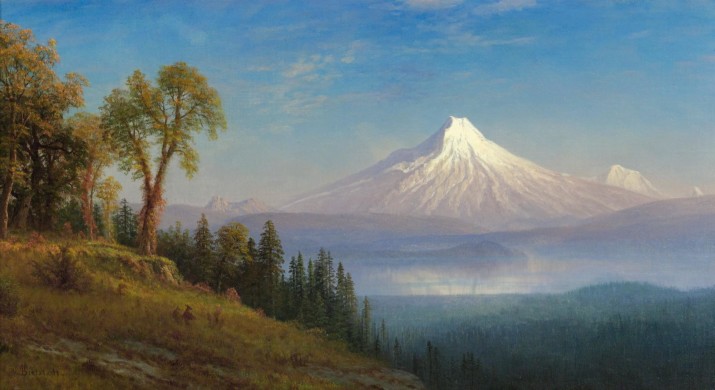
Albert Bierstadt (American, born Germany, 1830-1902), Mount St. Helens, Columbia River, Oregon, ca. 1889. Oil on canvas.
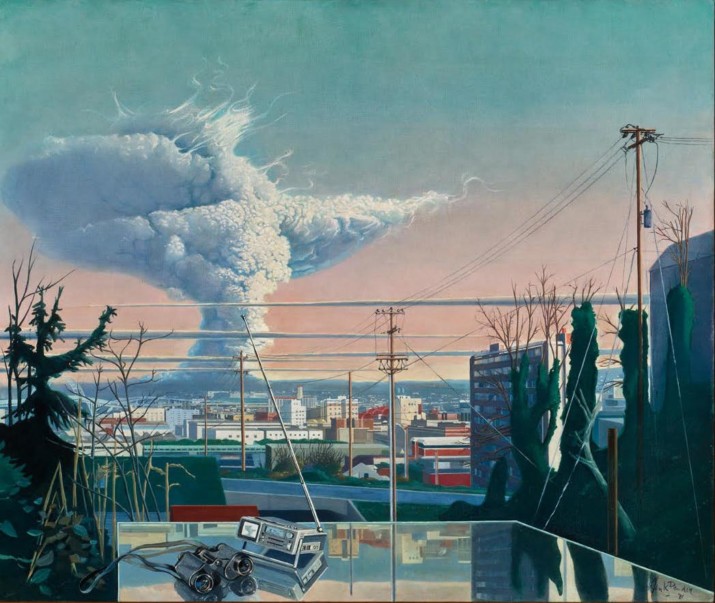
Henk Pander (American, born The Netherlands, 1937), Eruption of Saint Helens from Cable Street, 1981. Oil on linen.
The show will also trace the mountain’s changing image and significance for local peoples. Native Americans used the substance of the volcano—mainly basalt and obsidian—to create objects of great beauty and utility. While Mount St. Helens was featured in their creation stories, no depictions of the volcano in visual arts are known before the mid-1840s. Explorers Henry James Warre and Paul Kane traveled through the area and their visits ended up coinciding with the volcano’s last eruptive period and they recorded the venting of steam and ash on the north side, presaging its destruction on May 18, 1980. Volcanic eruptions have long been depicted by artists because they are the most visually spectacular manifestations of nature’s awesome power.
As the region commemorates the 40th anniversary of the volcano’s eruption, the Portland Art Museum is partnering with the Mount St. Helens Institute on a series of programs, tours, and in-gallery experiences throughout the run of the exhibition. For those who remember the eruption of 1980 and for those who know its legacy, the exhibition will bring to life one of the most momentous days in the history of the Pacific Northwest, and artists’ responses to one short period in the cycles of volcanic destruction and regeneration at Mount St. Helens.
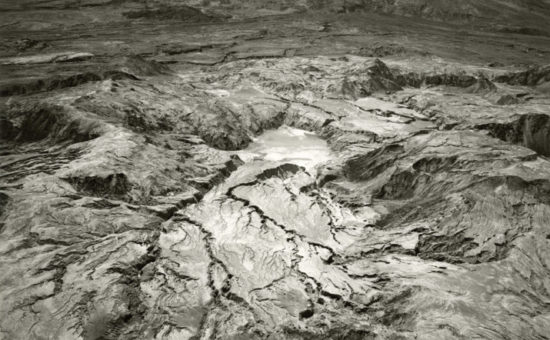
Emmet Gowin (American, born 1941), Debris Flow at the Northern Base of Mount St. Helens, Looking South, 1983, gelatin silver print, © Emmet Gowin, Courtesy of Pace/MacGill, New York.
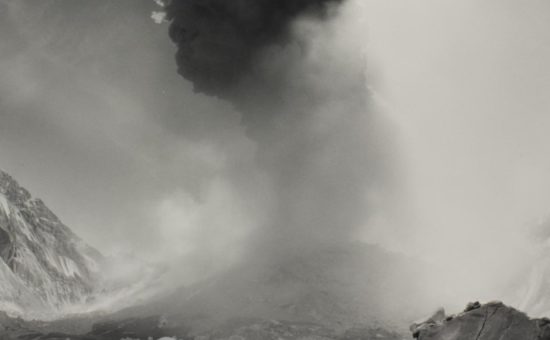
Mathias Van Hesemans (American, born 1946), Eruption, 1983, Mount Saint Helens, 1983. Gelatin silver print.
Below is a video of what the Portland Art Museum has in store for 2020:
More from the Portland Art Museum:
The mission of the Portland Art Museum is to engage diverse communities through art and film of enduring quality, and to collect, preserve, and educate for the enrichment of present and future generations. The Portland Art Museum strives to be an inclusive institution that facilitates respectful dialogue, debate, and the free exchange of ideas. With a deep commitment to artists – past and present – and freedom of expression, the Museum and Northwest Film Center’s collections, programs and staff aspire to reveal the beauty and complexities of the world and create a deeper understanding of our shared humanity. We are a Museum for all, inviting everyone to connect with art through their own experiences, voices, and personal journeys. The following core values guide the Portland Art Museum: creativity, connection, learning, accessibility, accountability.


